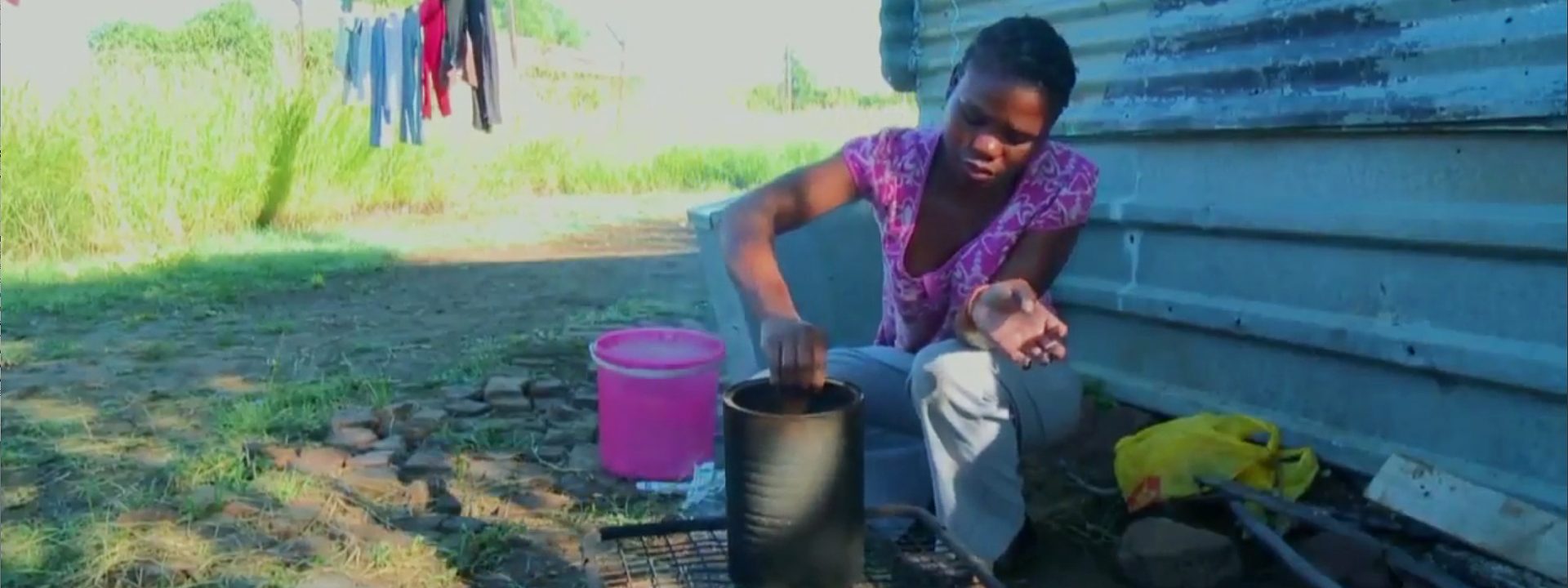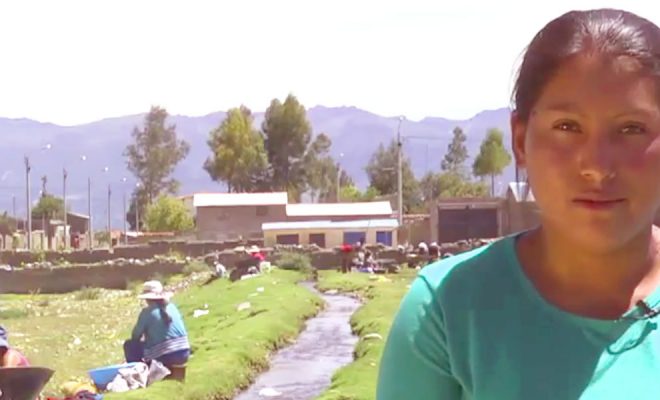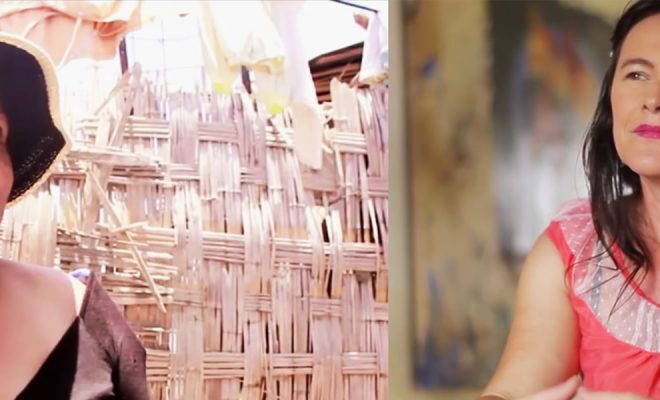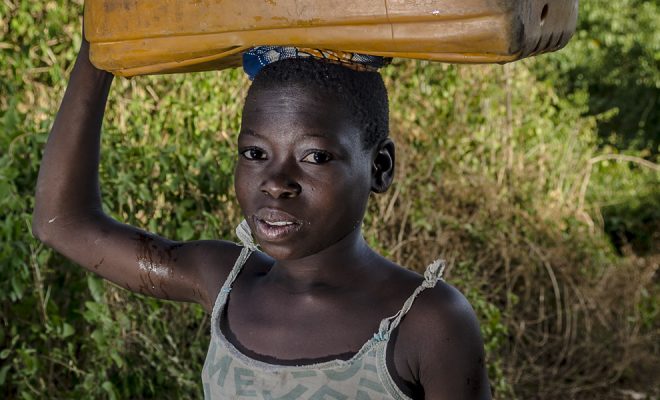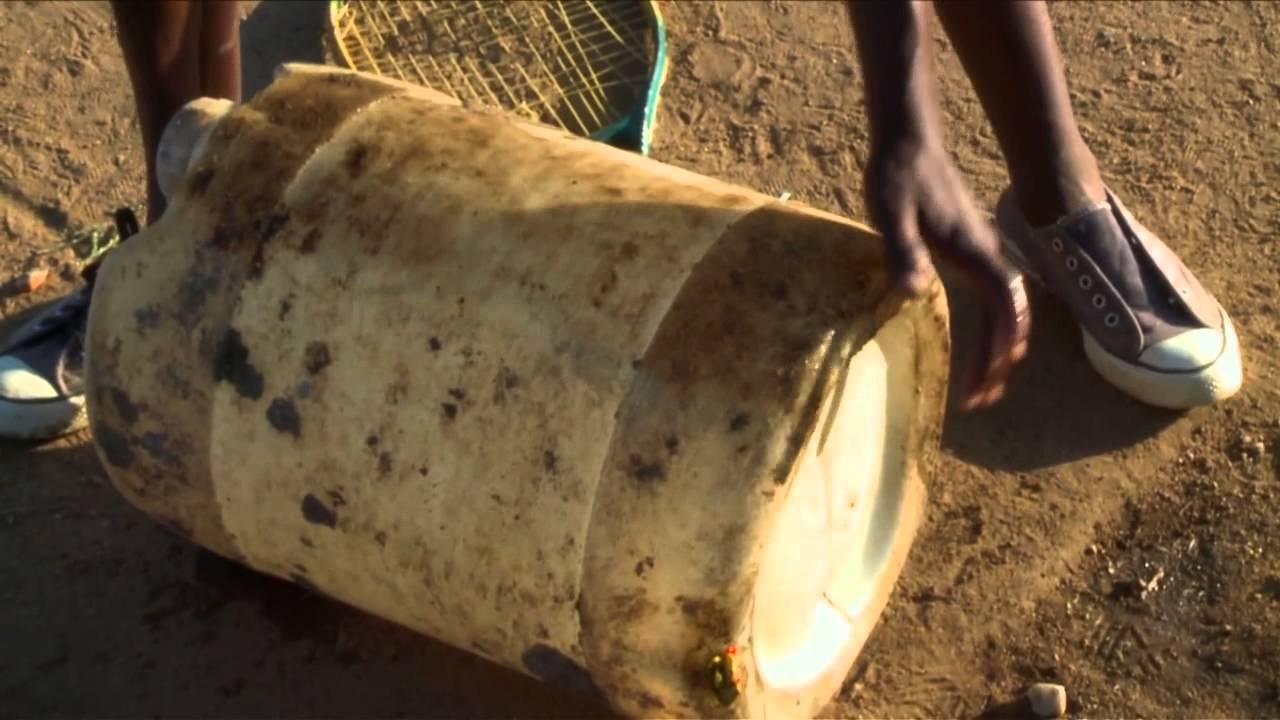
Waterless Flower by REMP-NW (South Africa), finalist of the We Art Water Film Festival 2. Micro-documentary category.
In the semiarid areas in north-west South Africa, wells run dry in the dry season (from May to September); this is a fact that worsens the endemic lack of access to water in the area. Around the municipality of Mahikeng, which is featured in the short film, the lack of services, the ageing infrastructures and political corruption are added to droughts, generating pockets of poverty.
This is the situation of Poppy Taaibos, aged 23, one of the women in a small village in the outskirts of Mahikeng. She needs to search for water in the neighbourhood and also needs to ask neighbours to let her and her son Kagiso, aged 4, use the latrine, as her house, like most of the houses in the village, does not have running water nor sanitation. Her brothers, aged 19 and 11, Tebogo and Feya, relieve themselves at the back of their shack and, as explained by Poppy “if we have water, they wash their hands.” Without proper sanitation and without being able to adequately wash themselves, they will continue being exposed to infectious diseases and they can become a part of the 1.5 million children that die every year due to diarrhoea.
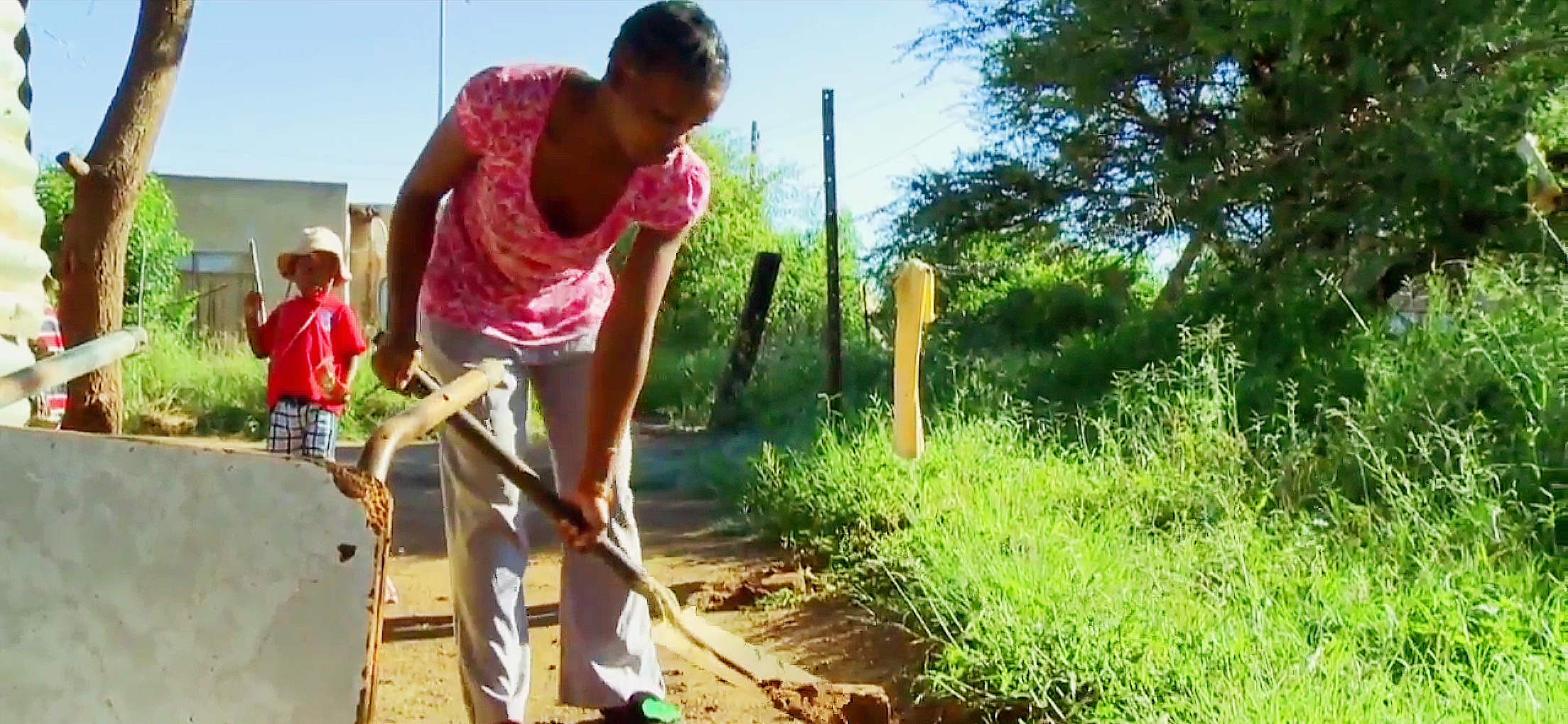
In South Africa, women and children walk every day the equivalent to 16 times the distance to and from the moon to collect the water their families need to survive. Tebogo is in charge of collecting the water: three 20-litre buckets last two or three days, but when they need to do their laundry they need an extra 25-litre canister. Without access to water they will not be able to break out of misery, like 768 million people around the world.


